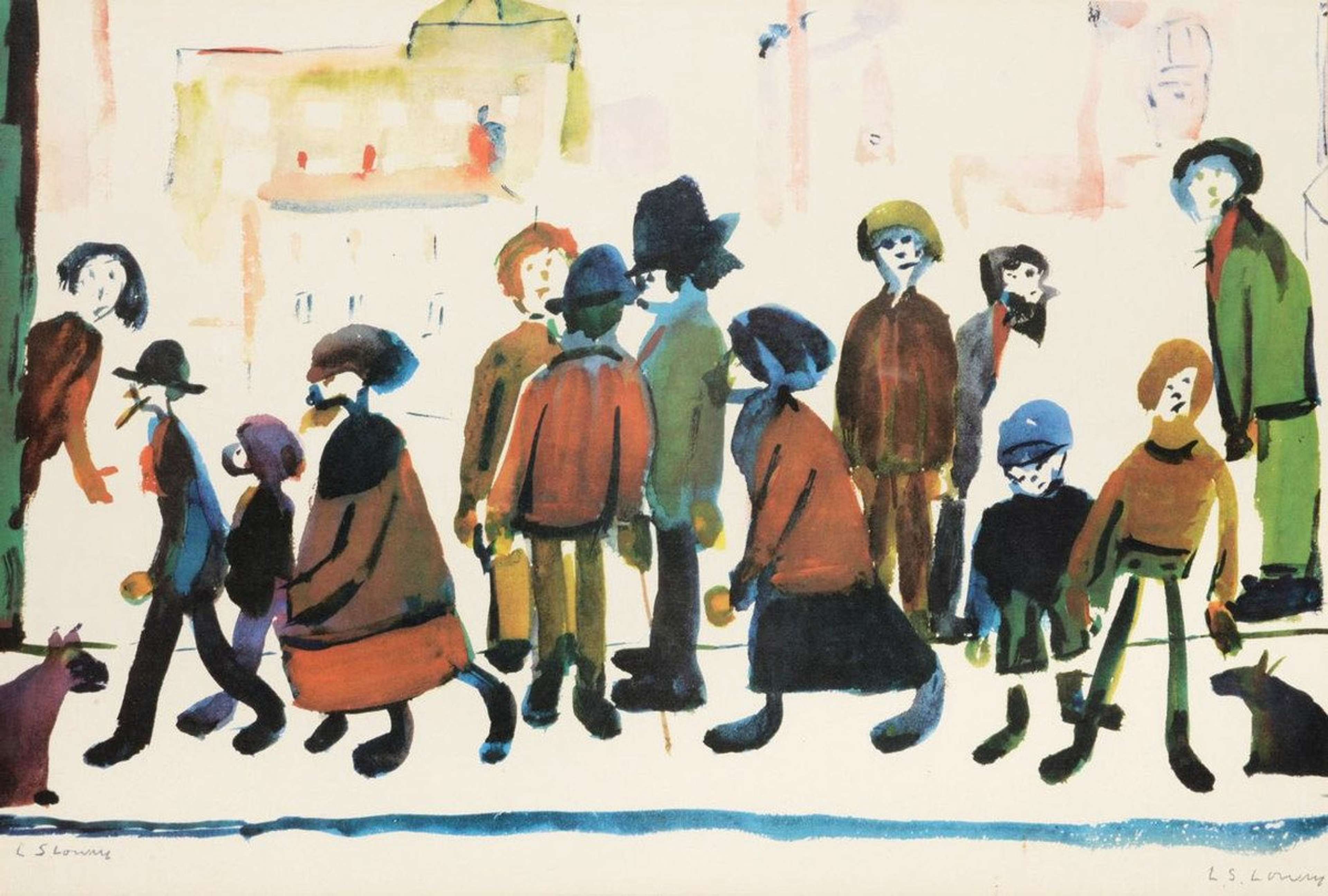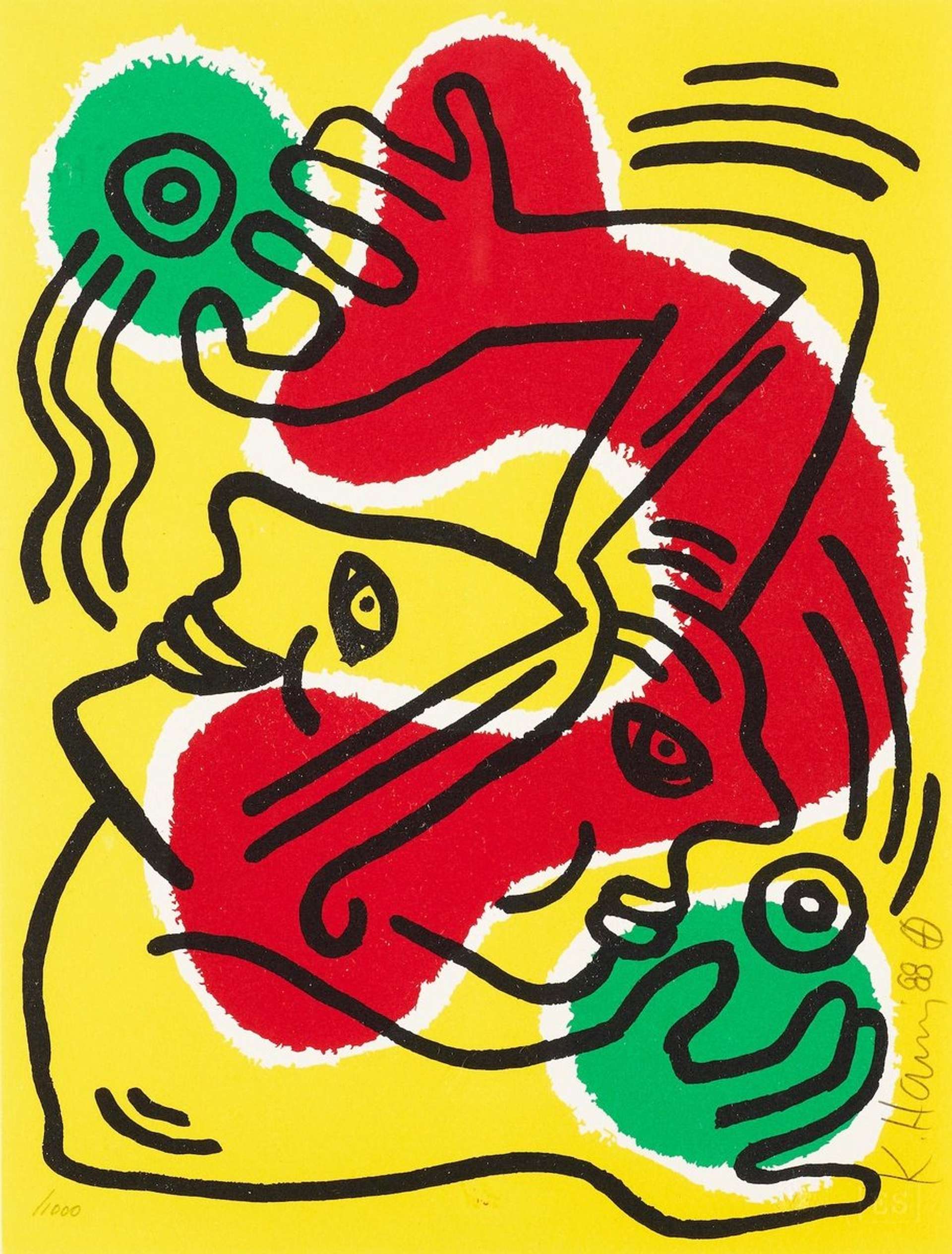 People Standing About © L S Lowry 1972
People Standing About © L S Lowry 1972Live TradingFloor
Bonhams is a long-established auction house founded in London in 1793. It has a history of specialising in fine art, antiques, and rare collectibles. Over time, Bonhams has expanded internationally, incorporating both traditional auction practices and modern innovations.
The Founding of Bonhams
18th-Century Beginnings
Bonhams was founded in 1793 by Thomas Dodd, a well-regarded antique print dealer, and George Bonham. At its inception, the auction house specialised in fine books, artworks, and antiques, catering to an elite clientele that sought rare and valuable items. Located in London, a major cultural and economic hub of the 18th century, Bonhams benefited from the city's thriving art market. During this period, collecting was an essential pastime for the British aristocracy and gentry, many of whom sought to enhance their private libraries and galleries with rare pieces. The demand for fine prints, rare books, and exquisite antiques played a significant role in shaping Bonhams’ early business strategy. The firm’s ability to source and auction these coveted items helped establish its reputation as a trusted authority in the auction world.
Bonhams in the 19th and Early 20th Century
Expansion and Growth
Throughout the late 19th and early 20th centuries, Bonhams experienced significant growth, establishing itself as a leading auction house with a reputation for handling prestigious estate sales and unique collections. As the global appetite for fine art, antiques, and rare collectibles grew, Bonhams adapted to the changing landscape by broadening its expertise and expanding its reach beyond its original focus. During this period, the auction house became particularly renowned for managing high-profile estate sales, often entrusted with the collections of aristocrats, prominent collectors, and influential figures. These sales frequently included rare paintings, antique furniture, fine jewelry, and historically significant artefacts, drawing bidders from across Europe.
As industrialisation and economic expansion increased the wealth of the upper and middle classes, more individuals began to participate in the art and antiques market. Bonhams capitalised on this trend by refining its auction practices and increasing the frequency and scale of its sales. The firm introduced more structured cataloging methods, ensuring that prospective buyers had comprehensive details about each item’s provenance, authenticity, and historical significance. By the early 20th century, Bonhams had firmly positioned itself among the most esteemed auction houses, competing with the likes of Christie’s and Sotheby’s. This expansion laid the groundwork for Bonhams' evolution into a global auction powerhouse in the decades that followed.
Bonhams in the Post-War Era
Following World War II, Bonhams underwent a period of significant transformation, responding to shifting market dynamics by diversifying its auction categories. Prior to the war, Bonhams had primarily been known for its expertise in antiques and fine art, but the economic and social changes of the post-war era created new opportunities for expansion. As wealth grew in both Europe and the United States, a wider range of collectors emerged, each with distinct tastes and interests.
Recognising this shift, Bonhams expanded its offerings to include fine jewelry, motorcars, and luxury collectibles. The inclusion of classic and rare automobiles broadened Bonhams’ appeal, with its auctions drawing collectors and enthusiasts from around the world. This expansion into new categories allowed Bonhams to tap into markets that had previously been dominated by private dealers and specialist auction houses. The move into fine jewelry and motorcars was particularly strategic, as these sectors saw a rise in demand during the economic boom of the 1950s and 1960s.
Challenges and Adaptation
Despite its success, the mid-to-late 20th century presented Bonhams with new challenges, as competition among major auction houses intensified. Established rivals like Sotheby’s and Christie’s dominated the global market, aggressively expanding their operations and marketing strategies. Additionally, the art world itself was changing, with contemporary art gaining prominence and shifting buyer preferences influencing the kinds of works that attracted attention.
To remain competitive, Bonhams adopted a strategy of specialisation, refining its focus on niche markets that were underserved by its larger competitors. The company developed expertise in contemporary ceramics, rock and pop memorabilia, and vintage photography - areas that appealed to a younger generation of collectors and cultural enthusiasts. By the end of the 20th century, Bonhams had navigated a changing industry, its strategic diversification and adaptability enabling it to maintain its position as one of the world’s premier auction houses.
Modern Bonhams
A Global Auction House
The early 2000s marked a transformative period for Bonhams, as the auction house embarked on a strategic expansion to establish a more prominent global presence. In 2002, Bonhams acquired Butterfields, a well-established auction house in San Francisco known for its expertise in fine art, jewelry, and antiques. This acquisition strengthened Bonhams' foothold in the United States, allowing it to cater to a broader collector base. A year later, in 2003, the company expanded into Australia with the launch of Bonhams & Goodman, further solidifying its international reach.
Today, Bonhams operates in key cultural and financial hubs, including New York, London, Paris, Hong Kong, and Sydney. By maintaining strong regional presences while embracing a worldwide auction model, Bonhams has positioned itself as a leader in the art and collectibles market.
Innovations in Auction Practices
Since 2018, Bonhams has undergone a period of digital transformation under the leadership of CEO Bruno Vinciguerra. Recognising the shifting landscape of the auction industry, Bonhams implemented advanced technologies to enhance the buying and selling experience. One of the most significant advancements was the reduction of “bidding latency”, ensuring that online bids are processed in real time, creating a more seamless and competitive auction environment.
In addition to refining its bidding systems, Bonhams saw a sharp rise in digital engagement. Between 2018 and 2019, the number of online registrants increased by 25-30%, reflecting a growing demand for virtual auction participation. This trend accelerated further during the COVID-19 pandemic, as collectors and investors turned to online platforms when in-person sales became limited. Bonhams adapted, expanding its digital auction offerings and enhancing user-friendly interfaces to accommodate a wider audience.
High-Profile Auctions and Record Sales
One of Bonhams’ most significant achievements came in 2013 when Jean-Honoré Fragonard’s Portrait of François-Henri d'Harcourt sold for £17.1 million ($23.1 million), setting a world-record price for the artist at auction. This sale not only reaffirmed the enduring value of Old Master paintings but also highlighted Bonhams’ position as a leading auction house. The following year, in 2014, Bonhams made headlines in the automotive world when a 1962-63 Ferrari 250 GTO Berlinetta sold for £22,843,633 ($38.1 million), setting a new world record for the most expensive car ever auctioned at the time.
More recently, in 2020, Bonhams continued to solidify its success in the fine art sector with the sale of Salvador Dalí’s Couple with Their Heads Full of Clouds for £8.2 million ($11 million). These high-profile sales underscore Bonhams’ role in the auction world, delivering record-breaking results across multiple categories.
Navigating a Competitive Industry
As one of the “Big Four” auction houses - alongside Christie's, Sotheby’s, and Phillips - Bonhams operates in an intensely competitive market where prestige, expertise, and global reach are critical. A key factor in Bonhams' continued success has been its targeted expansion into niche markets, catering to collectors of fine art, rare books, vintage automobiles, and luxury collectibles.
Sustainability and Modern Collectors
As the art market evolves, Bonhams is adapting to the shifting priorities of modern collectors, particularly in the areas of sustainability, inclusivity, and responsible sourcing. Increasingly, buyers are seeking ethically sourced artwork and collectibles with verifiable provenance, prompting auction houses to enhance transparency and accountability in their sales processes.
Bonhams has taken steps to address these concerns by implementing more rigorous authentication procedures and emphasising sustainability in its auctions. Furthermore, it has expanded its digital accessibility, allowing a more diverse and global audience to participate in auctions without geographic limitations.






























